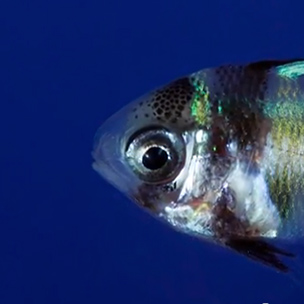August 22, 2014 — Marine protected areas are a popular way to try and combat the massive decline of coral reefs around the world, in part due to overfishing. But, what if, once damaged, the fish and coral you need to make the area healthy again don’t want to move back in? Turns out you might be left with a seaweed protected area.
In a study published today in Science, researchers from Georgia Tech found that in Fiji, damaged coral reefs that have been taken over by seaweed give off a chemical that Pacific fish and coral can smell, which deters them from settling in those areas. “If you’re setting up a marine protected area to seed recruitment into a degraded habitat, that recruitment may not happen if young fish and coral are not recognizing the degraded area as habitat,” said the study’s first author, Danielle Dixson, in a statement.
Pointing to a way to maximize the recovery of protected areas, the researchers say intervention may be necessary to get rid of seaweed that discourages fish and coral from coming back to the ecosystems and promote healthy coral that will once again attract them.
Ensia shares solutions-focused stories free of charge through our online magazine and partner media. That means audiences around the world have ready access to stories that can — and do — help them shape a better future. If you value our work, please show your support today.
Yes, I'll support Ensia!

